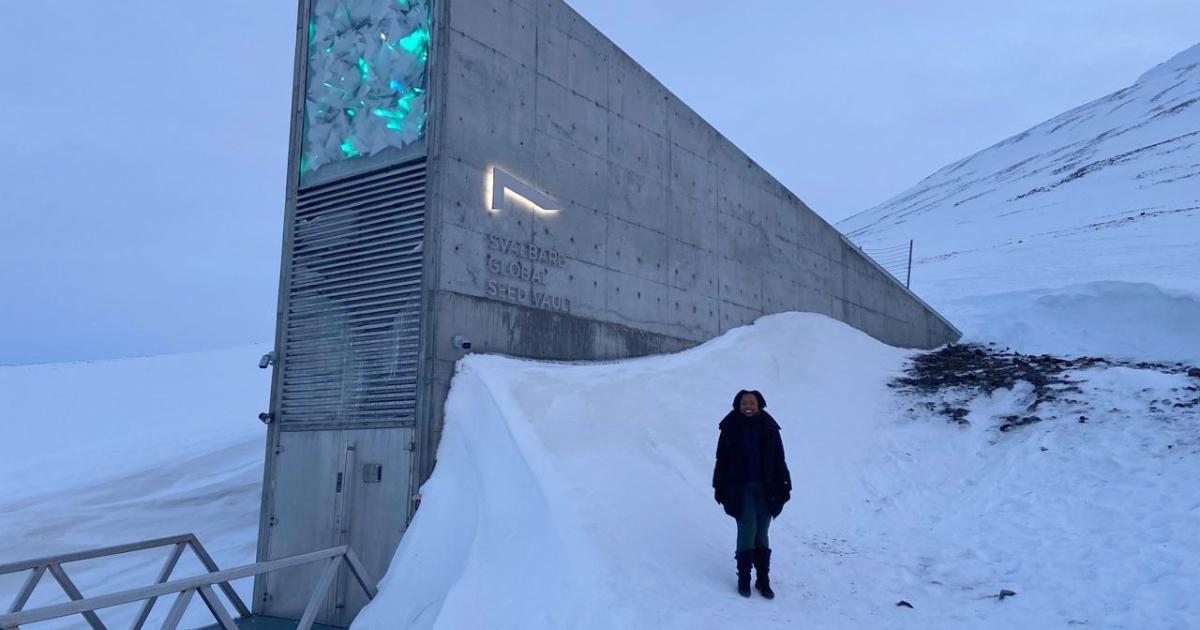Five exotic tree species (Acacia angustissima (Mil.) Kuntze, A. mangium Wild, Gliricidia sepium (Jacq.) Alp, Leucaena hybrid (L×L), and Leucaena leucocephala (Lam.) de Wit) were investigated to determine whether parameters of nursery seedling stock quality could be used to predict their field performance in a plantation irrigated with treated waste-water to produce fodder and wood. Plants were grown in the nursery in two contrasting rooting substrates (ordinary nursery soil and sand), predicted to have different effects on resource allocation. Three categories of morphological indicators were measured, i.e., plant dimensions (height, diameter, root length), plant weights (shoot, root and whole plant weights) and indices (sturdiness quotient'SQ', shoot:root dry weight ratio'SRR' and Dickson's quality index'DQI'). In the nursery, all species performed better in the ordinary nursery soil for all growth parameters except root length. Thus ordinary nursery substrate appeared superior to sand in terms of plant quality. However, a follow up at plantation phase revealed that only some morphological attributes or ratios were suitable to predict field performance for the five tested species in irrigated plantation. In addition, the effect of the substrate observed at the nursery stage had disappeared 12 months after out planting due to the availability of water and nutrients provided by the treated waste water used for the irrigation. The results showed that root collar diameter and DQI appeared to be the most appropriate indicators to predict the outplanting performance of the five tested species in a short-rotation irrigated plantation in semi-arid Burkina Faso. The former measure is simpler and non-destructive.
DOI:
https://doi.org/10.1007/s11056-009-9149-4
Altmetric score:
Dimensions Citation Count:
























